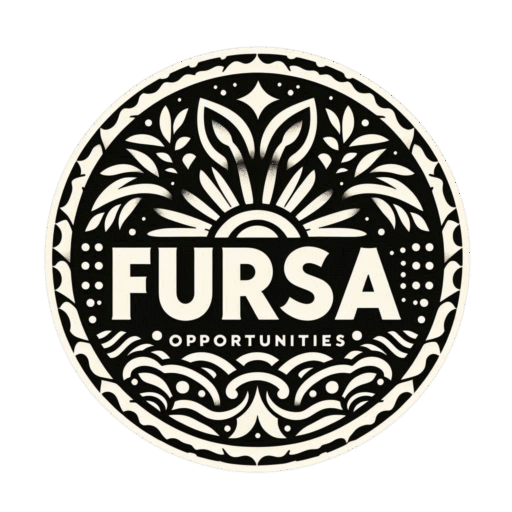Let us have a look at How to write a Cover Letter that actually gets Read, this are Strategies for Crafting an Effective Cover Letter to maximize Readership and Impact.
The cover letter represents a critical component of a job application, potentially influencing whether a candidate progresses in the selection process. While the curriculum vitae (CV) primarily details professional experience and qualifications, the cover letter offers an opportunity to provide context, elaborate on relevant skills, and convey a candidate’s professional demeanor and enthusiasm. This guide provides actionable strategies to ensure your cover letter is not only noticed but receives thorough consideration.
Initiate with Impact: The introductory sentences of your cover letter should immediately capture the reader’s attention. Avoid generic or overused phrases such as “I am writing to express my interest in….” Instead, commence with a compelling statement, a relevant anecdote, or a clear articulation of your enthusiasm for the specific role and organization.
Example: “As a lifelong advocate for sustainable design, I was particularly compelled by [Company Name]’s pioneering efforts in eco-friendly construction methods.”
This approach demonstrates genuine interest and aligns your professional passion with the company’s mission.
Thorough Personalization: Generic cover letters are readily identifiable and frequently disregarded. Allocate sufficient time to customize your letter for each specific position and company.
Address the hiring manager by name if possible. Professional networking platforms often provide this information.
Reference recent company achievements, stated values, or aspects of their culture that resonate with you.
Explicitly connect your specific skills and experiences to the requirements detailed in the job posting.
Articulate Your Value Proposition: Rather than merely reiterating the contents of your CV, emphasize the distinct value you would contribute to the organization. Be specific in detailing your accomplishments and explain how these can benefit the prospective employer.
Example: “At XYZ Corp, I successfully increased customer engagement by 35% through a targeted email campaign, a methodology I am confident I can replicate and refine to support [Company Name]’s growth objectives.”
This focuses on measurable outcomes and illustrates potential future contributions.
Maintain Conciseness and Focus: Recognizing that hiring managers often have limited time, a concise and well-structured letter is more likely to be reviewed completely. Adhere to a maximum length of one page and employ clear, professional language.
Recommended Structure:
Introduction: Briefly state the purpose of your letter and the position you are applying for.
Body Paragraph(s): Detail relevant skills, experiences, and accomplishments, providing specific examples.
Conclusion: Reiterate your enthusiasm, summarize your suitability, and propose a next step (e.g., expressing interest in an interview).
Demonstrate, Do Not Merely State: Assertions regarding skills or attributes (e.g., “hardworking,” “detail-oriented”) are more credible when supported by evidence. Substantiate your claims with concrete examples.
Instead of: “I possess strong teamwork and communication skills.”
Consider: “In my previous role, I collaborated effectively with a cross-functional team of 10 to successfully launch a new product, which resulted in a 20% increase in quarterly revenue.”
Align Tone with Organizational Culture: Conduct thorough research on the prospective company to understand its prevailing tone and cultural norms. The appropriate tone for a cover letter directed to a technology startup may differ significantly from one addressed to a traditional legal firm, where formal and polished language is typically expected.
Rigorous Proofreading: Typographical errors, grammatical mistakes, and punctuation inconsistencies can severely undermine the credibility of an otherwise strong application. Conduct multiple thorough reviews of your cover letter. Soliciting feedback from a trusted colleague or mentor is also highly advisable. Utilize available tools, such as grammar checkers, to identify and correct common errors.
Conclude with Professional Confidence: Your closing paragraph should convey confidence and proactive interest. Rather than adopting a passive stance awaiting a response, suggest a logical next step in the process.
Example: “I welcome the opportunity to further discuss how my skills and experience align with the needs of [Company Name]. I am available for an interview at your earliest convenience and look forward to hearing from you.”
Conclusion:
In conclusion, crafting a compelling cover letter necessitates dedicated effort and strategic intentionality. By personalizing each submission, effectively articulating your value proposition, and adhering to professional standards, you can produce a document that commands attention and contributes positively to your application outcomes. This letter represents a crucial opportunity to establish a strong initial professional impression, and optimizing its impact is highly recommended.
See also: How to Make the Most of Fursa Updates

